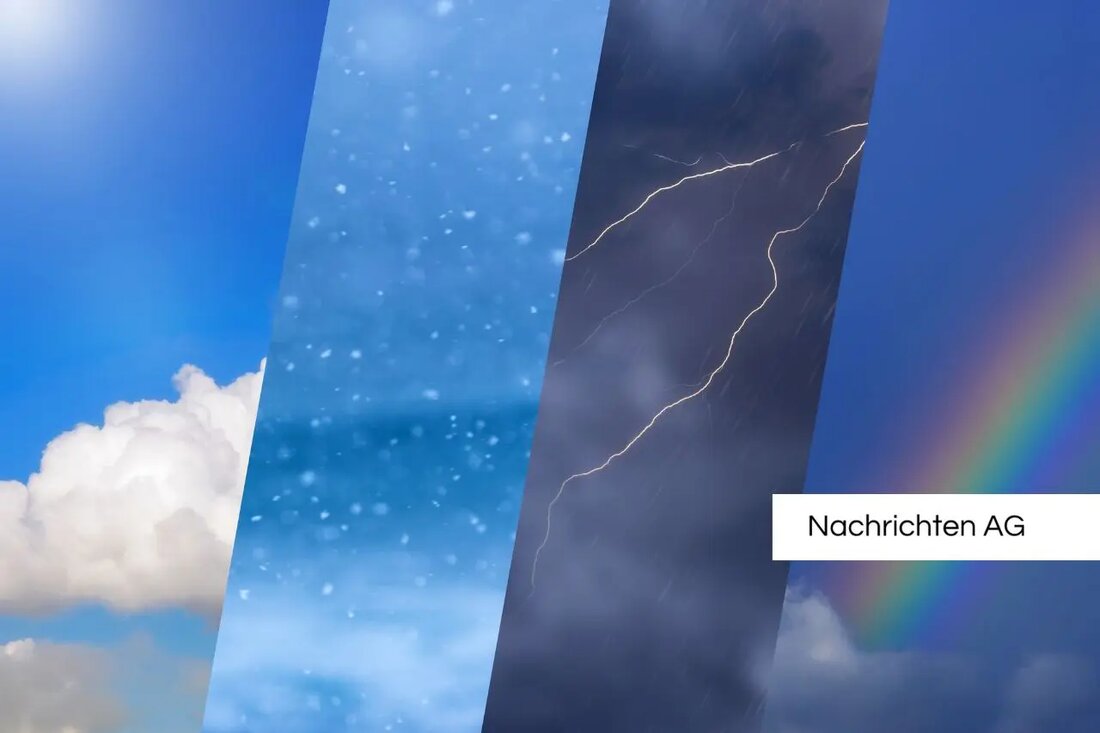Marburg's air quality on the test: fine dust alarm!
Marburg's air quality on the test: fine dust alarm!
On February 10, 2025, the measuring station on University Road in Marburg reports on the current air quality, whereby the fine dust values (PM10) per cubic meter of air is being recorded. The limit for PM10 is 50 micrograms per cubic meter, whereby this value may be exceeded a maximum of 35 times a year. The air quality in Marburg is measured using three main values: fine dust, nitrogen dioxide and ozone.
The current limit values for air quality are clearly defined. The air quality is classified as "very bad" when nitrogen dioxide over 200 µg/m³, fine dust above 100 µg/m³ or ozone is above 240 µg/m³. Values of 101 to 200 µg/m³ for nitrogen dioxide, 51 to 100 µg/m³ for fine dust and 181 to 240 µg/m³ for ozone are considered “bad”. Conditions with values between 41 and 100 µg/m³ for nitrogen dioxide and 35 to 50 µg/m³ for fine dust are classified as "moderate".
health recommendations
With poor air quality, there are specific recommendations for action. With a value of "very bad", sensitive people should avoid physical exertion outdoors. In the case of "bad", it is advisable to avoid external activities, while in the "moderate" area short -term health effects are unlikely. Under normal conditions with "good" or "very good", on the other hand, no health -related effects can be expected.
A particularly critical increase in fine dust pollution often occurs in inversion weather situations that can last for hours. Although New Year's fireworks display contributes to fine dust pollution, this is not significant compared to the year -round burden. According to estimates, around 2050 tons of fine dust are released annually, with 1500 tons, i.e. 75%, free on New Year's Eve.
long -term effects of air pollution
The health risks due to air pollution are considerable in Europe. It is estimated that air pollution leads to 239,000 premature deaths in the EU per year due to fine dust, 70,000 by ozone and 48,000 by nitrogen dioxide, as well as the eua reported. These deaths could have been avoided if the guidelines of the World Health Organization (WHO) had been observed.
The EU has therefore taken several measures to improve air quality. The zero-pollution action plan aims to reduce deaths by 55 % by 2030 due to air pollution. In addition, new air quality regulations were introduced, which are based on the recommendations of the WHO. Despite remarkable progress in recent years, air pollution remains the greatest environmental health risk in Europe.
In addition, the air quality is mainly affected by nitrogen dioxide, which particularly damages the respiratory tract. It favors the emergence of summer mug and fine dust. Avoidance of pollutants and surveillance of air quality is therefore more necessary than ever to protect future generations from health damage, such as Hessenschau Fixed.The data collected indicate a persistently high importance of the air quality, both from a health point of view and in terms of environmental political framework. Constant monitoring and adaptation of the requirements is essential for improving air quality in Marburg and beyond.
| Details | |
|---|---|
| Quellen | |


Kommentare (0)